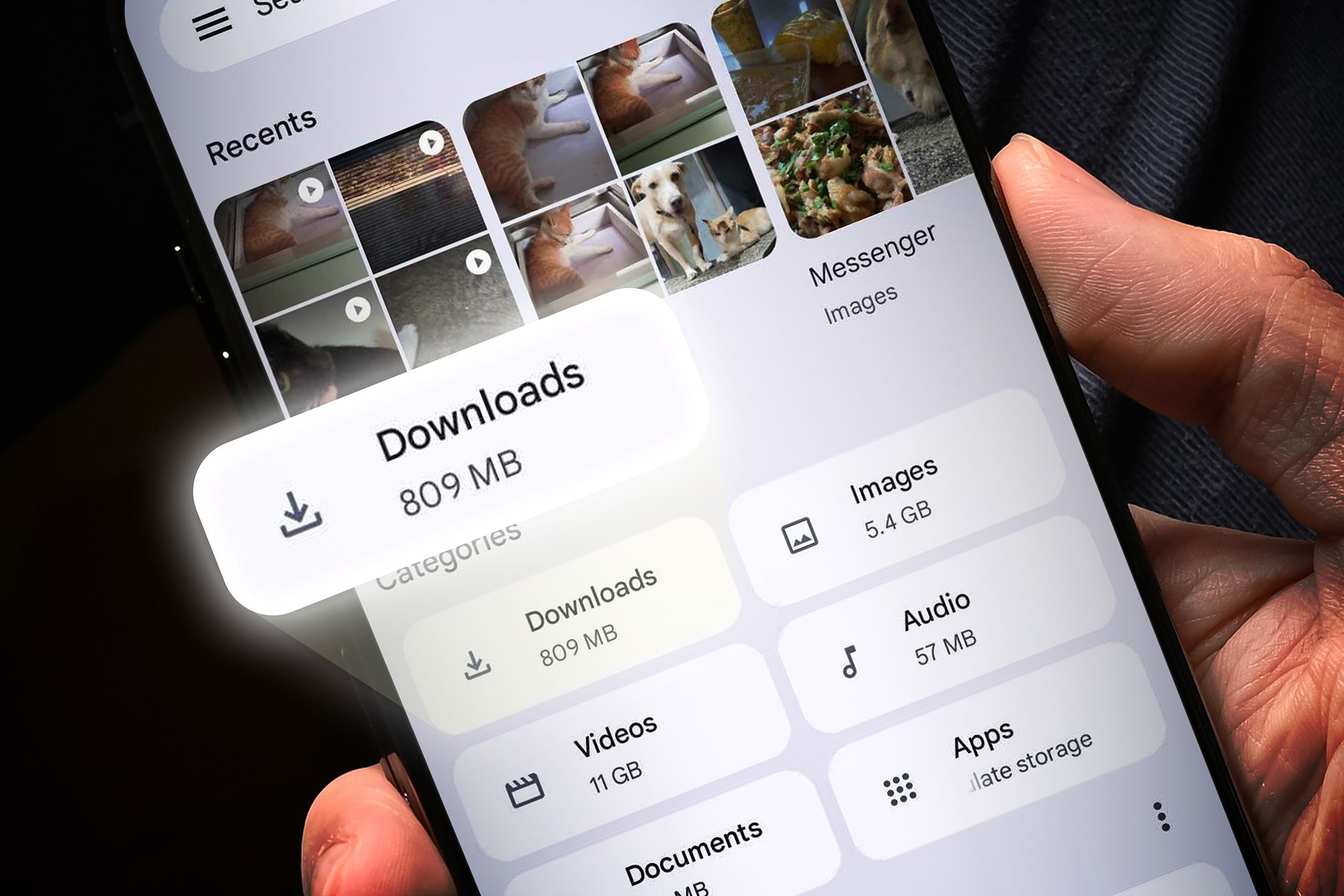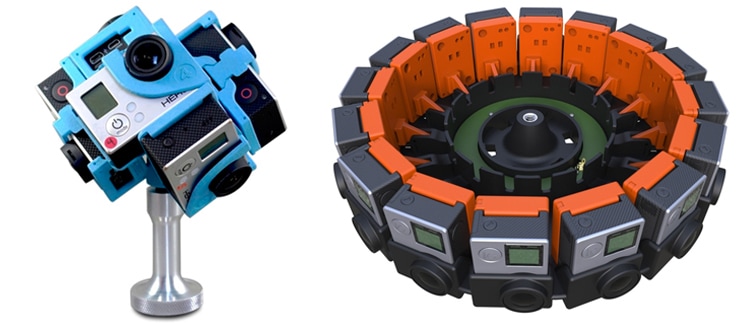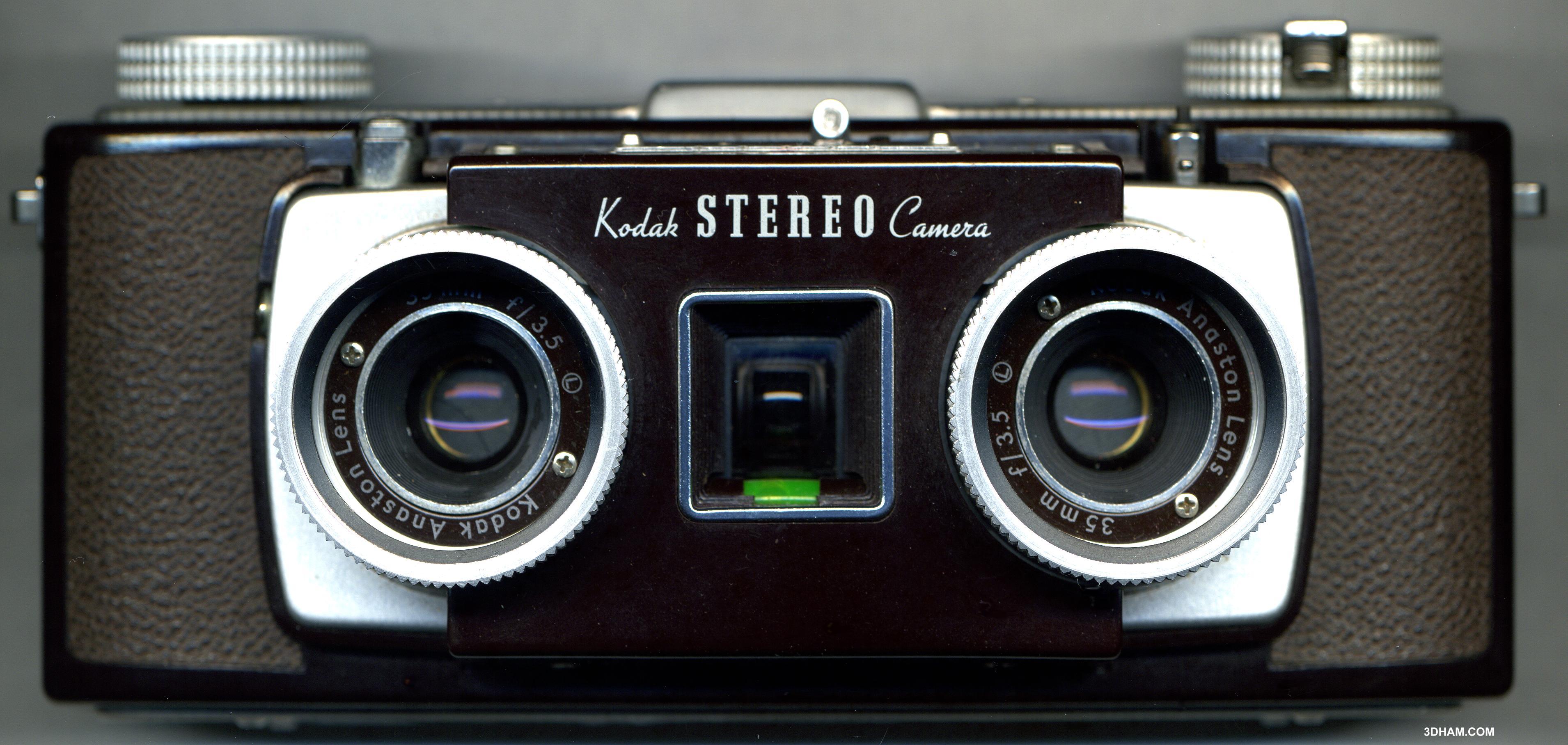
"360 Camera Buying Guide How to Choose a Suitable 360 Camera -2023 Update"

360 Camera Buying Guide: How to Choose a Suitable 360 Camera -2023 Update
360 Camera Buying Guide: How to choose a suitable 360 camera

Benjamin Arango
Mar 27, 2024• Proven solutions
360° cameras are quickly becoming some of the most in demand technology available for filmmakers, game designers and hobbyists. With an increased desirability for virtual reality systems, interactive videos and more, everyone is having to upgrade their equipment to create and access 360° content.
There are a number of big reasons to buy 360° cameras and some top considerations to keep in mind for any type of 360° camera that you end up picking. Some of the top reasons why many people are turning to 360° cameras include:
- The inclusion of VR tech: more users around the world are adopting VR Tech than ever before. With VR tech that is used with cell phones and widespread VR devices like the PlayStation VR and oculus rift, there is a greater demand for this type of content.
- Introducing it with video hosting: many video hosting sites are also including 360° camera technology. This means that users can shoot and edit 360 degree films and post them online for a number of video hosting sites like YouTube.
- Capturing more: Users are interested in immersive experiences and with 360° VR cameras it becomes possible to really capture a scene and use more parts of that scene. With a capture device that can capture more than just the 180° of film, a filmmaker can have more to work with.
- The future of film: 360° cameras represent the latest in film technology and with more filmmakers using these styles of cameras, we are seeing new and inspiring cinematic works. Many Hollywood directors are now using these high-quality cameras in their filmmaking projects and producing more immersive films than ever before.
Thing you need to consider when buying a 360 camera
The big barrier to entry with 360° angle cameras is that they are still relatively new pieces of technology. If you are a filmmaker that’s interested in picking up a brand-new camera, you may expect to pay anywhere between a few hundred dollars to a few thousand dollars. Most 360° cameras today retail for thousands of dollars up front because the technology or the camera rigs require the use of so many lenses, solutions for stitching and more. As a result of this higher cost to use these cameras, it’s a very good idea to go into the purchase well informed.
1. The two main types of video cameras:
Monoscopic: Monoscopic 360° video cameras are the most commonly used for VR content. This type of content usually involves the use of filming the video with one camera and then stitching together the field of view of several cameras on a rig to create the full image. The most common set up for this style of video usually involves a least six different cameras in six different fields of view to create the full 360° experience.

Stereoscopic: stereoscopic is a camera that utilizes two cameras designed for each eye. This can create a 3-D experience. You can set up a stereoscopic camera on a special rig with considerations for what each eye would see in the final stitched image. This can generate the 360° yield the vision and create a 3-D/360° view. Stereoscopic cameras often need to decrease the resolution with the added image data required for capturing 3-D images. Usually the resolution on a stereoscopic camera is around half of what a monoscopic camera can produce and this is why monoscopic cameras remain the preferred choice for many content creators.

After determining the style of camera that you would like to use in the rig or look for with your purchase, you can build on some other considerations for a 3-D camera.
2. Considerations in your purchase
- The lens: The lenses used for capture are perhaps some of the most important aspects of any camera. A 360° camera will likely have at least two lenses and it is important to look at the shutter time as well as the ISO range to see if the lens is capable of what you need for filming.
- Check image quality: The resolution that the camera is capable of producing is also an essential part of the process. A quality image will be determined by the number of pixels assigned in the frame. Looking for higher resolution frames, will often result in a better quality video. Remember that 3-D videos are usually half the resolution of a 2-D video camera.
- FPS: the frames per second available from your camera can be another big factor. While some of the best film cameras in the world can capture at 50 frames per second and above, at least 30 frames per second will be required to ensure that your camera is capable of capturing video at a rate that is similar to that of a film camera.
- Storage: The internal storage capabilities of the camera can be a hallmark of its quality. Some of the highest quality film cameras in the world will come with internal hard drives and most accessible cameras should at the very least have an expandable SD or micro SD slot.
- Size of the rig/camera: portability and convenience can be a big aspect of the camera for filmmakers. If you need a camera rig that can easily fit into a purse or bag, a large-scale camera rig that is superheavy may not be a great option for your purchase. Weighing the cost benefit of a large camera for its image quality versus a portable camera for its convenience may be a good idea.
- The life of the battery: because of the extra processing power that is required for multiple cameras to run and capture images from the 360° perspective, extra battery life is required for any 360° camera. Check into the battery life specifications and consider how much time you will have shooting before purchasing any camera. Saving a few dollars might be nice, but having a fully rechargeable battery that lasts for 40 minutes to an hour of shooting can be far more convenient than only getting a few minutes of shots at a time.
Cameras recommended for each level
For beginners
- Ricoh Theta: This small and compact cameras available for just a few hundred dollars and it can be an excellent introductory camera for beginners in 360° filming.
- Samsung gear 360: the Samsung gear 360 is an auxiliary device for Samsung galaxy phones. When paired with Samsung galaxy phones users can capture 360° images and then edit them using the software app.
- Bublcam: This crowd funded project is a simple and compact 360° camera that’s available for around $700. This could be a great choice for taking on vacation or for a quick way to try 360° filming.
Related article: Top 10 affordable 360 degree cameras >>
For advanced users
- Go Pro Omni: Go pro omni utilizes 6 go pro black cameras in a specialty rig that can film 360° in 4K. This can create some truly stunning shots that would look great on any major video.
- Kodak Pixpro SP360: This 4K action cam can also shoot in 360° vision. This Kodak camera is designed for easy capture and it’s available Ford just over $600. This can produce some beautiful shots for any online action video.
For pros
- Jaunt Neo: Jaunt Neo is a 360° camera that is being used for a wide range of film experiences. Jaunt has worked to create 360° experiences with Paul McCartney, exploring major historical sites and more. The neo will be weatherproof and capable of 3-D as well as 2d capture.
- Google Jump: Using 16 different cameras set into an array, Jump was designed for use with Google cardboard and other leading VR systems. Jump uses 16 Hero 4 gopros but will feature frame synchronization with other model cameras in the future.
- Nokia OZO: Designed from the ground up the OZO camera is one of the best new cameras for capturing VR experiences. With spatial sound, live broadcast and the ability to grown-up the device, Nokia has created a very powerful filmmaking tool. With onboard swappable hard drives, 30 frame per second video and a rechargeable lithium-ion, this could be a great choice for professional filmmakers and VR experience creators.
Related article: Top 10 professional 360 degree cameras >>
Keep some of these top considerations in mind for the future and remember to really consider a 360° camera carefully as this could be the future of film tech!

Benjamin Arango
Benjamin Arango is a writer and a lover of all things video.
Follow @Benjamin Arango
Also read:
- [New] 2024 Approved Capturing Snapchat Moments Mobile Screen-Recording Guide
- [New] Mastering the Art of PicsArt (Complete Guide 2024)
- [New] Masterpieces in 3D Graphics and Golden DisplayTexts Online
- [New] Snapchat Trick Turn Videos Upside Down
- [Updated] DJI Spark and You A Comprehensive Review of Portable Aerial Tech
- [Updated] In 2024, Elite 4K Screens – The Ultimate Choice
- [Updated] In 2024, Nine Pinnacle Filmora Features Videographers Adore
- [Updated] In 2024, SightGallery Review System
- [Updated] The Perfect Blend of Relaxation and Growth Podcast Multi-Tasking Tips for 2024
- 1. Convert PNG Images to JPG or Other Formats Instantly and Without Cost Using Web Tools
- 5 Hassle-Free Solutions to Fake Location on Find My Friends Of Lava Yuva 3 Pro | Dr.fone
- Creative Visual Effects Harnessing the Power of FREE LUTS
- Die Effektivsten Video-Konvertierungstools Für Windows: Ihre Wahl Unter Den Besten 10 Optionen
- In 2024, Top 5 Best Video Converters for macOS Sierra
- MSI Unveils High Performance Gaming Displays - 240Hz QD-OLED Monitors in New Sizes
- Premium Accessible Stopwatch Services
- Preparing Your PC and Room for the Ultimate VR
- Round the Houses Full Rotation Photography
- Swift Solutions: Overcoming Server Issues Hindering Win 11/11 Store Functionality
- Title: 360 Camera Buying Guide How to Choose a Suitable 360 Camera -2023 Update
- Author: Gary
- Created at : 2025-01-09 16:44:45
- Updated at : 2025-01-10 16:29:14
- Link: https://article-knowledge.techidaily.com/360-camera-buying-guide-how-to-choose-a-suitable-360-camera-2023-update/
- License: This work is licensed under CC BY-NC-SA 4.0.